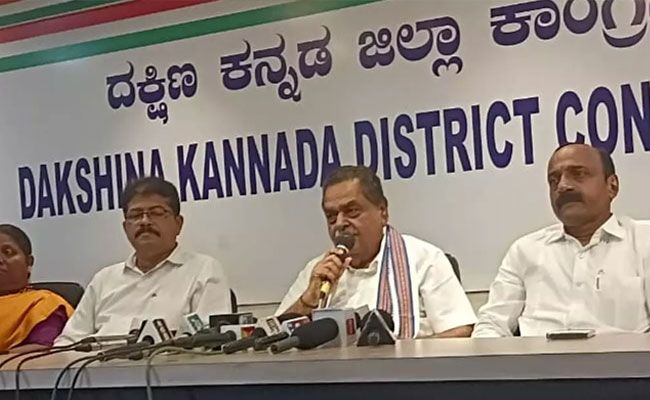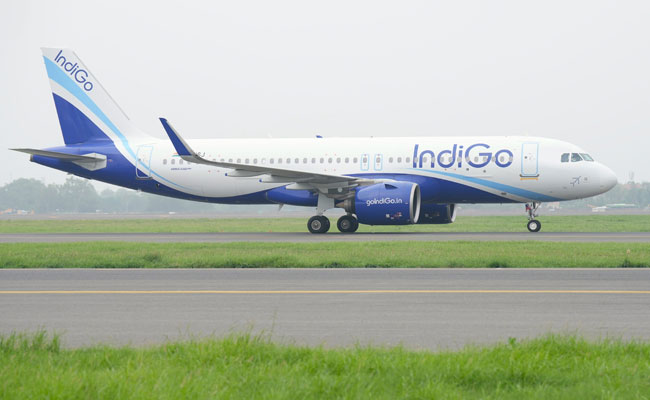One of the few commendable reforms during former PM Indira Gandhi’s time was nationalization of banks. Only after that bold step, did the banks that had restricted their services to rich, opened their doors to the poor people. When the impoverished went to banks for loans during the ‘loan melas’ that were held as part of that reform, people even mocked that Indira Gandhi was treating banks like her ancestral property. These loan melas were widely criticized and held responsible for the anticipated collapse in economy. But now, one is understanding in true sense as to who is looting the bank and where they are hiding from the public eye, escaping repayment.
If Indira Gandhi nationalized the banks to bring in revolutionary economic reforms while Narendra Modi is conspiring to privatize them. More than anything else, the damage caused by the likes of big borrowers such as Mallya and Modi is going to be met by the hard earned money the general public have invested into the banks.
The financial institutions that existed on the trust of public, today have lost their reputation.
The nation now knows the motive behind note ban was never to find black money. By then, the industrialists who had raised thousands of crores as loan from banks were beginning to leave the country after hoodwinking the system. The banks were almost a sinking ship. The government used note ban as a method to fill the coffers of banks to make up for the damage caused by big borrowers. The ban of widely used Rs 500 currency that was used by common people on a daily basis, turned the lives of people upside down.
The note ban didn’t bring out black money from the lockers of Ambanis and Adanis. No rich man stood in the queue to change his currency or did anyone come to streets because of this sudden decision by the government. The middle class suffered the most. They had to stand in queues to get their own hard earned money. Cottage and rural industries fell flat. People would listen to stories of persons looting banks, but this was the time when banks looted the people and they stood there, watching it unfold, helplessly.
After that, the government used another method to safeguard the interest of banks. Till then, banks worked to serve the people but now people were used to save the banks. Robbing the common persons under different headers became a strategy. Now the banks have put out their figures and this must be the biggest achievement of Narendra Modi government.
More than 21 public sector banks have penalized people who have not maintained minimum balance in their accounts. Three major private banks have collected penalty to the tune of Rs 5000 crore. State Bank of India had restarted the practice of penalizing deposits on reducing balance. All banks put together have been able to collect Rs 4,989 crore from all the customers who didn’t maintain a minimum balance.Half of this amount is the contribution of SBI alone. The same SBI has indirectly waived off the loans of 63 major industrialists including that of Vijay Mallya, stating these were ‘irrecoverable loans’. This is a rather soft term used to indicate loan waiver. Bank has even issued a clarification stating this should not be mistaken as loan waiver. Recovering loans is a massive challenge in our country. Would the banks try hard enough to recover loans that have been set aside as ‘irrecoverable’? If they are going to be recovered, why would they be classified under that header?
Banks are projecting this extortion in the name of penalty of Rs 5000 crore overall for not maintaining minimum balance as their major achievement. Whose money is this? Who are those people who have not been able to afford minimum balance in banks? They cannot be Ambanis, Adanis, Birlas or Tatas for sure. They are the salaried class or even poorer than that who are toiling to make ends meet. The middle class and the lower middle class. They fear the loss of reputation over financial mismanagement. They are not the ones who extracted loans from the banks.
The farmers and labourers who have less idea about banks respect the institution more than misusing it. They do not have any idea about the new rules and regulations since they are almost illiterates and they do not own android phones to receive updates from the banks and understand the gist of it. Their ignorance has turned into a bliss for the banks. SBI deducts penalty even if the minimum balance goes down by a mere Rs 50. What is the fault of the customer? Is he paying the price for trusting the banks? Industrialists like Mallya are enjoying their lives abroad even though they have a loan of thousands of crores they took from Indian banks that rightfully belongs to the people of this country.
Sparing him and penalizing a commoner who hasn’t been able to maintain minimum balance in his account and showing it like an achievement is inhuman to say the least. This shows the desperation and plundering depths of a financial system in the country. The effect of note ban is hardly over, and people are suffering a big blow time and again. People would refer to fly by night finance companies as ‘blade companies’. Looks like banks have successfully replaced them. This also shows where the economic system of the country is headed.
Let the Truth be known. If you read VB and like VB, please be a VB Supporter and Help us deliver the Truth to one and all.
Mangaluru: Congress leader and former minister B Ramanath Rai slammed BJP leader R Ashoka for calling AICC General Secretary KC Venugopal an agent of the party high command, and asked if the general secretary and other office-bearers in the BJP were commission agents too.
Rai, who addressed a press meet at the Congress office in the city on Friday, expressed fury over the recent comments of the BJP leader that Chief Minister Siddaramaiah was presenting himself in a shameless manner in public life. Ashoka, who is also Leader of the Opposition (LoP) in the Karnataka Legislative Assembly, had said that the Congress government had ‘broken every previous record on corruption-related controversies’.
“Ashoka has spoken with sheer ignorance and displays his lack of maturity, as he often does while facing the media. KC Venugopal has been working at organization of the party and it is unbecoming of Ashoka to criticize Venugopal as he did,” Rai told reporters.
“Being in a responsible position, how acceptable is it for Ashoka to pass disrespectful, random comments about another leader who also holds a responsible position? If KC Venugopal is indeed an agent of the party high command, what should we consider BJP leaders to be? Are they brokers?” he asked
Commenting on Ashoka’s allegations of corruption in the Congress government in Karnataka, Rai pointed out, “The KSRTC land was sold to private parties when he (Ashoka) was transport minister. We can find several such cases across the state, which need to be probed.”
The former minister, however, refused to comment on the incident that occurred at Mangaluru airport during CM Siddaramaiah’s visit to the city recently.
Former mayors Ashraf and Shashidhar Hegde, Congress activists Vishwas Kumar Das, Subhodaya Alva, Shabeer, Baby Kundar, Padmanabha, Nazeer Bajal and Prem were present.





